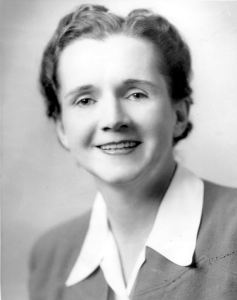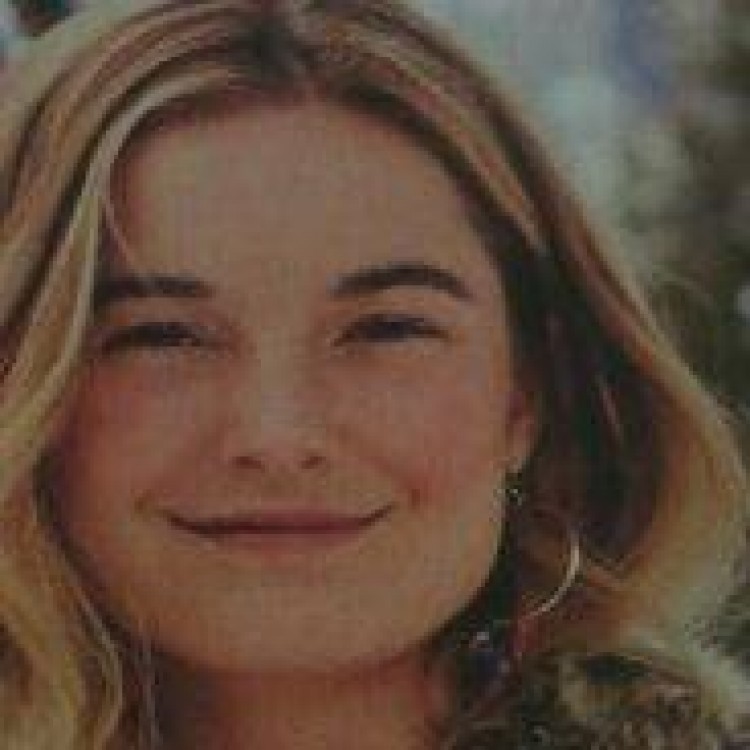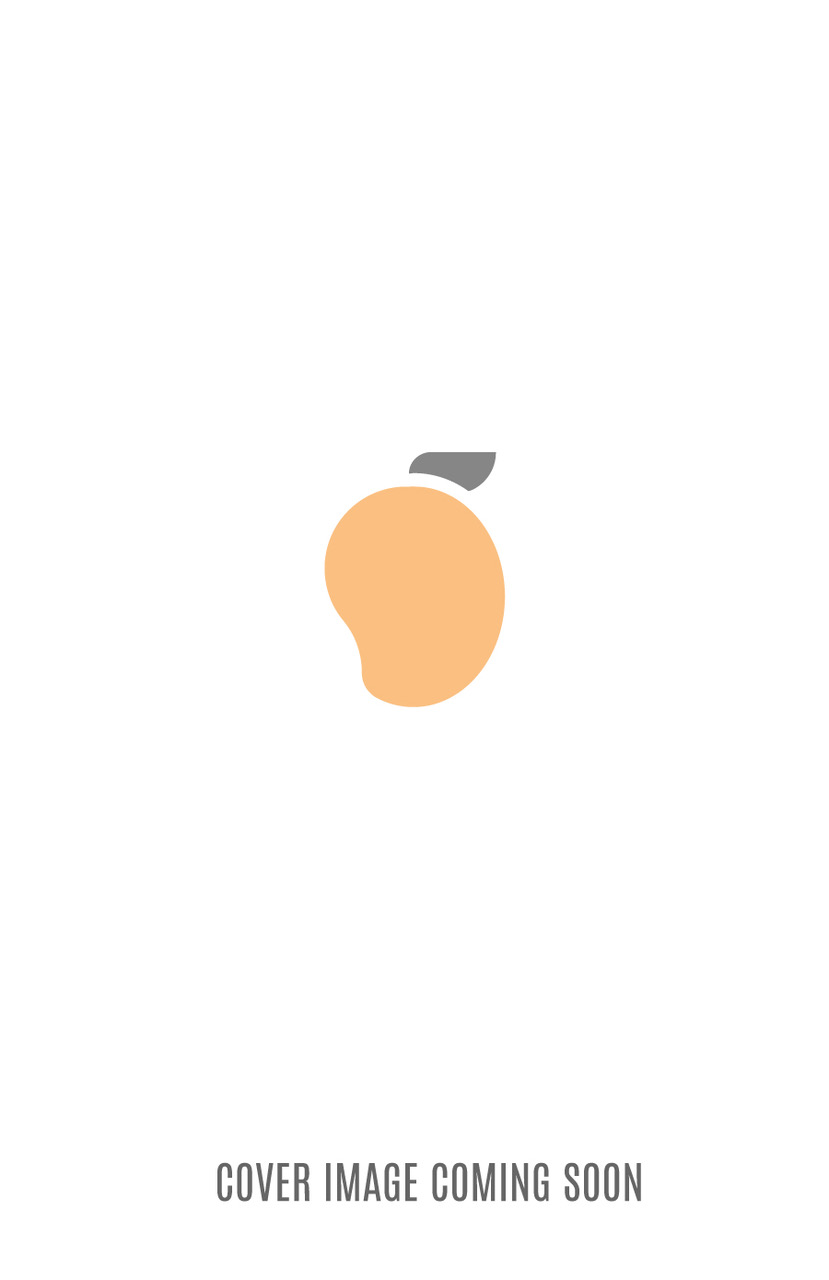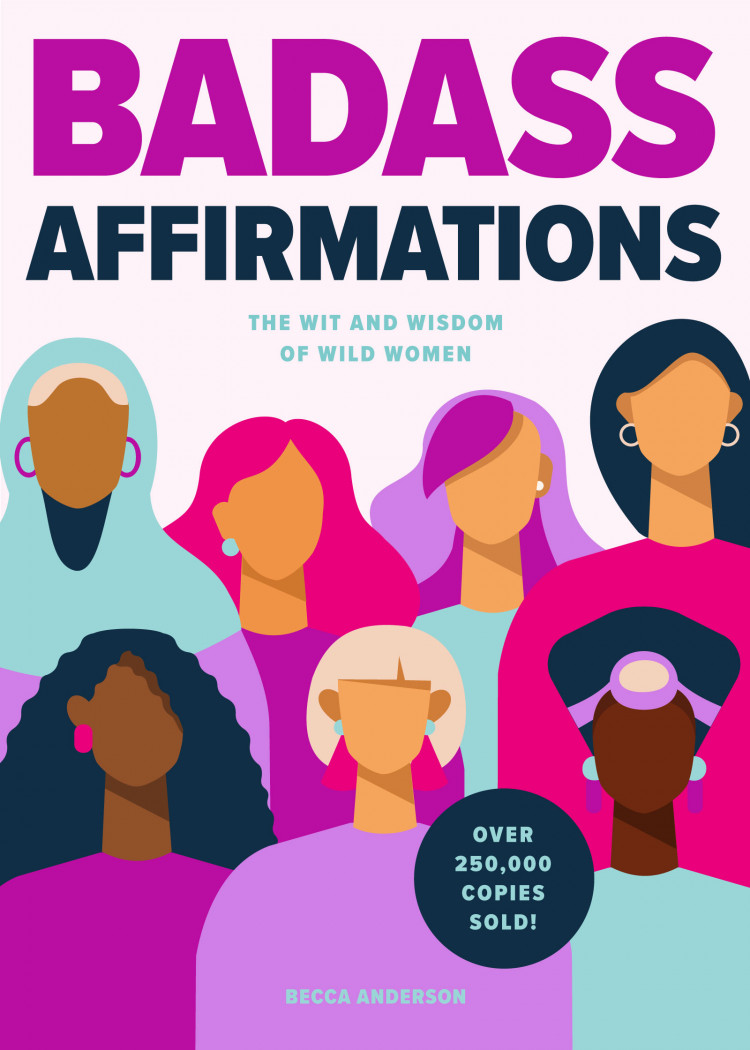Boundary Breakers, Freedom Fighters, Sheroes and Female Firsts
Rachel Carson: “The Natural World… Supports All Life”

World famous ecologist and science writer Rachel Carson turned nature writing on its head. Before she came along, notes Women Public Speakers in the United States, “the masculine orientation [to the subject] emphasized either the dominant, aggressive encounter of humanity with wild nature or the distancing of nature through scientific observation.” By creating a different, more feminine, relationship to nature, one which saw humans as part of the great web of life, separate only in our ability to destroy it, Rachel Carson not only produced the first widely read books on ecology, but laid the foundation for the entire modern environmental movement.
Rachel inherited her love of nature from her mother, Maria, a naturalist at heart, who took Rachel for long walks in woods and meadows. Born in 1907, Rachel was raised on a farm in Pennsylvania where the evidence of industry was never too far away. By the beginning of the twentieth century, Pennsylvania had changed a great deal from the sylvan woodlands named for colonial William Penn. Coal mines and strip mines had devastated some of the finest farmland. Chemical plants, steel mills, and hundreds of factories were belching pure evil into the air. As she grew, Rachel’s love of nature took an unexpected turn toward oceanography, a budding science limited by technological issues for divers. The young girl was utterly fascinated by this particular biological science, and, though she majored in English and loved to write, she heard the ocean’s siren song increasingly. While at Pennsylvania College for Women in the middle 1920s, she changed her major to biology, despite the overwhelming advice of her teachers and professors to stay the course in English, a much more acceptable major for a young woman. Her advisers were quite correct in their assertions that women were blocked from science; there were very few teaching positions except at the handful of women’s colleges, and even fewer job prospects existed for women.
However, Rachel listened to her heart and graduated with high honors, a fellowship to study at Woods Hole Marine Biological Laboratory for the summer, and a full scholarship to Johns Hopkins in Maryland to study marine zoology. Rachel’s first semester in graduate school coincided with the beginning of The Great Depression. Her family lost the farm; her parents and brother came to live with her in her tiny campus apartment. She helped make ends meet with part-time teaching at Johns Hopkins and the University of Maryland while continuing her studies. In 1935, Rachel’s father suffered a heart attack and died quite suddenly. Rachel looked desperately for work to support her mother and brother only to hear the same old discouragements—no one would hire her as a full-time university science professor. Brilliant and hardworking, Rachel was encouraged to teach grade school or, better yet, be a housewife because it was “inappropriate” for women to work in science.
Finally, her unstinting efforts to work in her field were ultimately rewarded by a job writing radio scripts for Elmer Higgins at the United States Bureau of Fisheries, a perfect job for her because it combined her strength in writing with her scientific knowledge. Then a position opened up at the Bureau for a junior aquatic biologist. The job was to be awarded to the person with the highest score: Rachel aced the test and got the position. Elmer Higgins saw that her writing was excellent and made science accessible to the general public. At his direction, she submitted an essay about the ocean to the Atlantic Monthly, which not only published Rachel’s piece, but asked her to freelance for them on a continuing basis, resulting in a book deal from a big New York publishing house.
By now, Rachel was the sole support of her mother, brother, and two nieces. She raised the girls, supported her mother, and worked a demanding full-time job, leaving her research and writing to weekends and late nights. But she prevailed nonetheless. Her first book, Under the Sea Wind, debuted in 1941 to a bemused and war preoccupied public. It was a completely original book, enacting a narrative of the seacoast with the flora and fauna as characters, an indication of Rachel’s unique perspective on nature.
Rachel’s second book, The Sea Around Us, was a nonfiction presentation of the relationship of the ocean to earth and its inhabitants. This time, the public was ready, and she received the National Book Award and made the New York Times bestseller list for nearly two years! The Edge of the Sea was also very well received, both critically and publicly. Rachel Carson’s message of respect and kinship with all life combined with a solid foundation of scientific knowledge found a real audience in postwar America. However, shy and solitary Rachel avoided the spotlight by accepting a grant that allowed her to return to her beloved seacoast, where she could be found up to her ankles in mud or sand, researching.
As her popularity rose and her income from book royalties flooded in, Rachel was able to quit her job and build a coastal cottage for herself and her mother. She also returned the grant money, asking it be redistributed to needy scientists. In 1957, a letter from one of Rachel’s readers changed everything for her. The letter came from Olga Owens Huckins, who was reporting the death of birds after airplanes sprayed dichloro-diphenyltrichloroethane, DDT, a chemical then in heavy use. Rachel Carson was keenly interested in discovering DDT’s effects on the natural habitat. Her findings were shocking: if birds and animals weren’t killed outright by DDT, its effects were even more insidious—thin eggshells that broke before the hatchlings were fully developed. It was also suspected of being carcinogenic to humans.
Rachel vowed to write a book about the devastating impact of DDT upon nature “or there would be no peace for me,” she proclaimed. Shortly after, she was diagnosed with cancer. Despite chemotherapy, surgery, and constant pain, Rachel worked slowly and unstintingly on her new book. In 1962, Silent Spring was published. It was like a cannon shot. Chemical companies fought back, denied, and ran for cover against the public outcry. Vicious charges against Rachel were aimed at what many of the captains of the chemical industry viewed as her Achilles heel—her womanhood. “Not a real scientist,” they claimed. She was also called unstable, foolish, and sentimental for her love of nature. With calm logic and cool reason, Rachel Carson responded in exacting scientific terms, explaining the connections between DDT, the water supply, and the food chain.
Ultimately, President John F. Kennedy assigned his Science Advisory Committee to the task of examining the pesticide, and Rachel Carson was proven to be absolutely correct. She died two years later, and, although her reputation continued to be maligned by the chemical industry, her work was the beginning of a revolution in the responsible use of chemicals and serves as a reminder of the reverence for all life.
“Perhaps if Dr. Rachel Carson had been Dr. Richard Carson, the controversy would have been minor.… The American technocrat could not stand the pain of having his achievements deflated by the pen of this slight woman.”
— Joseph B.C. White, author
This excerpt is from The Book of Awesome Women by Becca Anderson, which is available now through Amazon and Mango Media.
Occasionally, some of your visitors may see an advertisement here,
as well as a Privacy & Cookies banner at the bottom of the page.
You can hide ads completely by upgrading to one of our paid plans.




